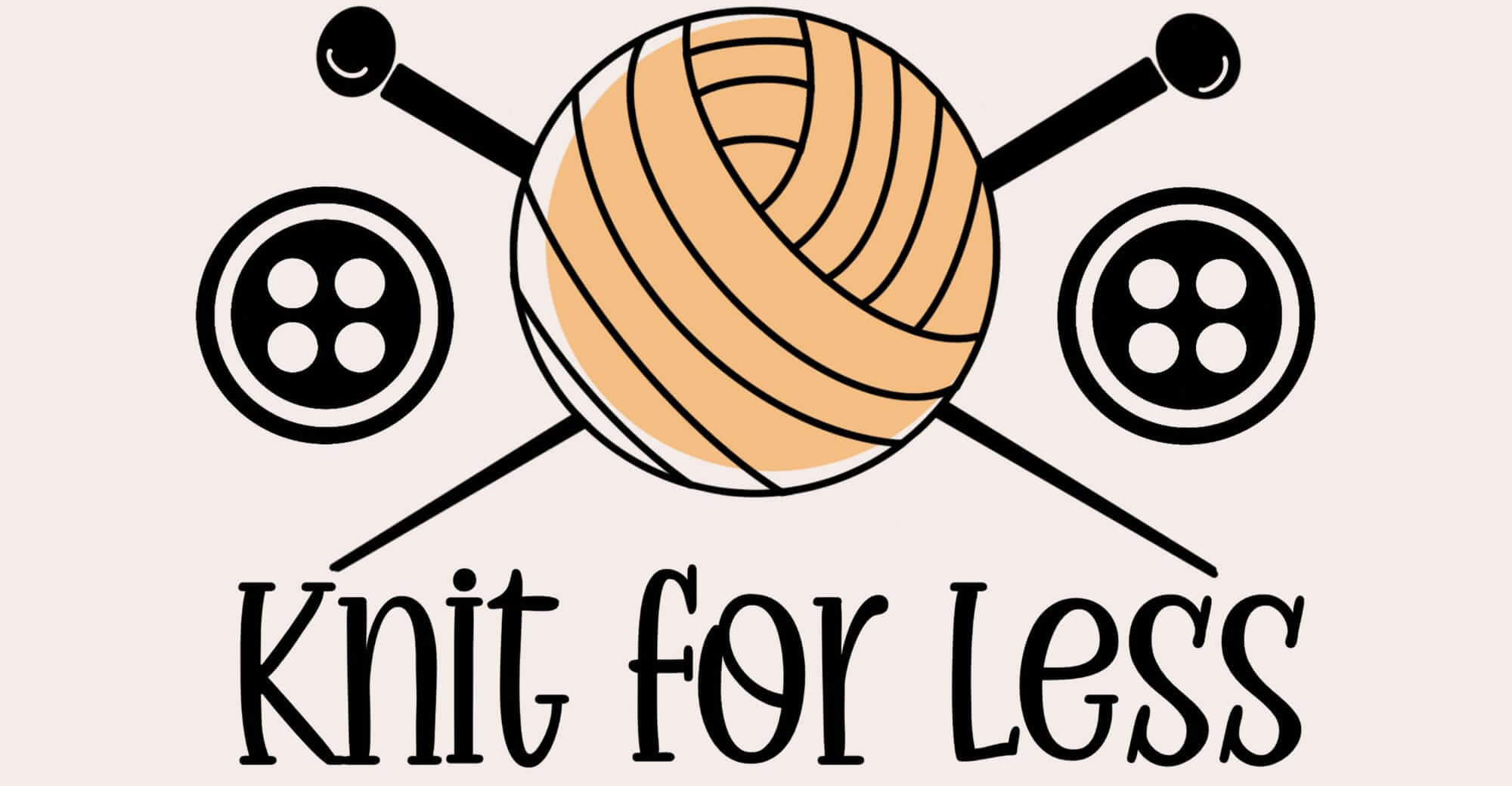Whether you are a seasoned seamstress or a beginner crafter, understanding the Glossary of Button Types Every Crafter Should Know is essential for selecting the perfect button for your sewing projects. Buttons do more than just fasten; they add character, style, and function to garments and crafts alike. This complete guide covers the most important types of sewing buttons, their unique features, and their best uses, helping crafters choose buttons wisely for every fabric and purpose. Dive in to learn how different buttons enhance both everyday wear and creative projects.
The Essential Glossary of Button Types Every Crafter Should Know
Flat Buttons: The Versatile Classic
Flat buttons are the most common and recognizable buttons in sewing. They feature a smooth, flat face with holes usually ranging from two to four, allowing thread to pass through for easy attachment to garments. These buttons lie flush against fabric and are perfect for everyday clothing like shirts, blouses, dresses, and lightweight jackets.
Shank Buttons: Perfect for Thick Fabrics
Unlike flat buttons, shank buttons have a small loop (shank) on the back side, which creates space between the button and fabric. This design works well for heavier or layered fabrics such as coats, sweaters, and upholstery. The shank keeps the button raised, allowing for ease in buttoning thick materials without bunching or stressing the fabric.
Specialty Button Types and Their Unique Uses
Stud Buttons: Durable Fasteners for Denim and Workwear
Stud buttons are robust fasteners typically used on denim jeans and workwear. They attach by piercing through the fabric rather than sewing, creating a secure and long-lasting hold that can withstand heavy use. Stud buttons add a rugged aesthetic popular in casual and industrial garments.
Toggle Buttons: Stylish and Functional Outerwear Closures
Often found on duffle coats and heavy jackets, toggle buttons are long and cylindrical with holes for sewing. They pair with loops or cords on the opposite side of the garment for quick and decorative fastening, adding rustic charm and practicality to winter wear.
Material Matters: Choosing Buttons by Composition
Plastic Buttons: Affordable and Versatile
- Available in an array of colors, shapes, and styles.
- Lightweight and perfect for a wide range of garment types.
- Commonly used in casual wear and children's clothing.
Natural Material Buttons
Wooden, coconut, bone, and horn buttons bring an organic, textured look to garments. These buttons are often sought for eco-conscious crafters or for adding earthy tones to casual and rustic designs. Their sturdiness makes them suitable for medium to heavy fabrics.
Decorative and Functional Button Varieties
Fabric-Covered Buttons: Customizable Elegance
Fabric-covered buttons feature a domed surface wrapped in fabric matching the garment. They often have shanks and are popular in bridal wear, children’s clothing, and upholstery, offering a tailored and refined finish that blends or contrasts creatively with fabrics.
Snap Buttons: Convenient Closures for Quick Changes
Snap buttons consist of two parts that snap together, making them perfect for children's wear, adaptive clothing, and accessories requiring easy opening and closing. They can be sewn or attached with prongs and are frequently found in baby clothes and sportswear.
How to Choose the Right Button for Your Project
Consider Fabric Weight and Texture
Lightweight fabrics work best with smaller flat buttons, whereas thick fabrics demand sturdy shank or toggle buttons. Heavy coats often benefit from metal or horn buttons, which hold better and complement textured materials.
Matching Button Style to Project Purpose
For formalwear, fabric-covered, enamel, or rhinestone buttons add sophistication, while casual garments are more suited to plastic, wooden, or novelty buttons. Functional items like children's clothes require easy-to-use options such as snap buttons.
Where to Find Quality Buttons for Your Crafting Needs
Exploring collections like those at Knit For Less can provide a wide range of button choices suitable for all project types. From classic basics to unique, decorative buttons, trusted suppliers offer quality that ensures your projects look and function impeccably.
Button Care and Maintenance Tips
Proper Sewing Techniques
Sewing buttons securely prevents loss and damage. Using the right needle size, thread type, and attaching buttons with a thread shank can improve durability. Many crafters also reinforce buttons for heavy use by sewing multiple thread passes.
Preserving Button Integrity
Keep buttons looking new by avoiding harsh washing methods, particularly for delicate materials like mother of pearl, fabric-covered, or glass buttons. Handwashing and gentle cycles extend button life and preserve their appearance.
In summary, this Glossary of Button Types Every Crafter Should Know has covered the essential button varieties, their materials, and uses to empower your sewing and crafting projects. Whether you require the sturdiness of shank buttons for heavy fabrics or the delicate charm of fabric-covered buttons for elegant pieces, understanding these distinctions helps you make informed choices that enhance both function and style. To explore a broad selection of buttons and sewing supplies that fit every need and project, visit Knit For Less Collections today and find the perfect additions for your creative journey.
